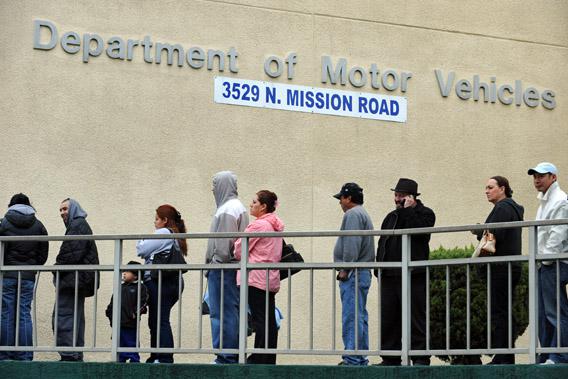Nudges are born of good intentions and clever ideas. Alas, that’s not enough.
I once proposed a nudge to promote online civility. I suggested that magazines and newspapers should moderate comments using a variation of ToneCheck, an “emotional spell-checker” for email that prompts users to tone down angry messages.
Richard Thaler, one of the chief architects of nudge, loved it, tweeting: “A Nudge dream come true.” But my students saw a problem: legitimate opinions getting censored or watered down. The lesson I learned is that nudge designers must always consider the possibility of unintended consequences. In fact, that is only one of many concerns about nudging.
As I found, creating effective nudges is difficult. Thaler and Cass Sunstein’s influential book Nudge creates the impression that nearly anyone can do it. All you need is a basic understanding of how the mind works and a flair for creative design. This is highly misleading. Nudges are usually designed on the assumption that everyone has the same cognitive biases. But this is only valid in some situations.
Consider a proposal to increase organ donations in the United States by making it a “mandated choice”—everybody applying for a driver’s license or vehicle registration has to either opt in or opt out. This sounds reasonable, but it overlooks negative perceptions many Americans have of the Department of Motor Vehicles, which may exert a profound influence on decision-making. After waiting in line for hours, fuming over DMV inefficiencies, you may be less inclined toward altruism.
Another worry is that we may expect too much of nudges. While they can change behavior to a limited extent, it is doubtful that they can be used to solve complex policy challenges such as climate change. Politicians need to recognize this lest they fall into one of the traps flagged by Adam Burgess, a risk researcher at the University of Kent in Canterbury, U.K. He points out that embracing the nudge philosophy risks over-simplifying, misconstruing structural problems as individual lifestyle choices, diverting resources to the wrong programs, or failing to enact new legislation (European Journal of Risk Regulation, Issue 1/2012, Page 3).
There are ethical concerns too. Philosopher Luc Bovens at the London School of Economics contends that nudging can be infantilizing, because of the implicit assumption that people don’t know what’s good for them.
Worse, what gives anyone the right to assume that we have “true preferences” that we would choose if only we had perfect knowledge and unlimited willpower? And how can anyone know what these preferences are, if they have the same cognitive biases that we do?
Both questions drove vocal debates over New York City Mayor Michael Bloomberg’s failed attempt to ban the sale of supersized sugary sodas. Some argued that opponents were making a mountain out of a molehill: Bloomberg was merely demanding extra effort of those who want to consume unhealthy amounts of soda, not calling for prohibition. Yet opponents countered that the person who knows if drinking a huge soda is a mistake is the person who orders one, not some regulator.
This brings us to perhaps the biggest concern of all: Nudges can be coercive. Although advocates contend that nudges should in principle be transparent, there is clearly scope for manipulation, especially when it comes to the nudges that work best when we’re unaware of their influence.
There is also a worry of mission creep—that interventions that are not nudges are passed off as if they are. The danger is that the softly-softly approach turns into a smokescreen for more coercive policy: “nudge” becomes “shove.”
Recent research, however, suggests these concerns may be overblown. Pelle Hansen of Roskilde University in Denmark found that most nudges are not manipulative, and fewer problematic cases exist than has been claimed (European Journal of Risk Regulation, Issue 1/2013, Page 3).
I’ve focused on problems, but nudges still offer great opportunities. Initially, wild enthusiasm led to hype, and critical pushback inevitably followed. Yet if core concerns are taken seriously, we will be in a position to use nudging to do what Thaler and Sunstein promised: improve health, wealth and happiness.
This article originally appeared in New Scientist.
